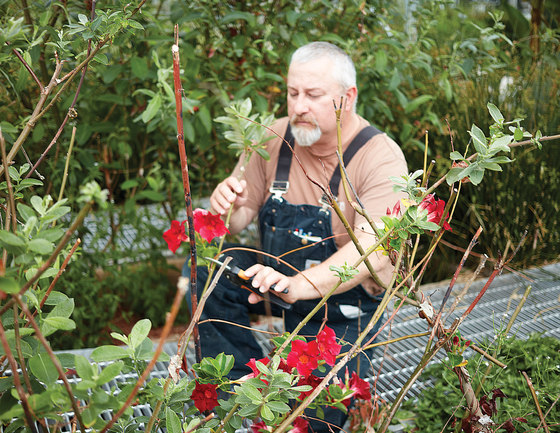The LEED Gold–certified Sechelt Water Resource Centre (SWRC) rethinks traditional municipal wastewater treatment by creating a transparent space in the residential heart of Sechelt that engages the public in meaningful ways. Instead of sequestering this essential service behind a locked chain-link fence, the facility reveals mechanical and biological systems that clean wastewater, encouraging the public to witness their role in the hydrological cycle. The Centre captures resources (biosolids, heat, and water) for industry, parks, and agriculture.
“Shit is a sure sign of life,” wrote artist Alan Graham. True in that scat is a dependable sign when tracking animals, in that to do so one must be alive, and finally in that to be alive entails certain responsibilities, as in ‘dealing with one’s shit.’ There are as many expressions of this particular type of management as cultures and ages, molded as much by conditions as by cultural beliefs.
The current incarnation of flush toilet infrastructure – by way of magic, a sort of ‘disappearing’ by water – is no longer viable in our times. Humus, as in dirt, has the same Latin root as humble, as human, and it is with humility we must face our current situation and institute new practices. In turns teaching facility, botanical garden, and sewage treatment plant, the SWRC tells the story of the water recycling process: After primary treatment, the roots of plants – from tomatoes to horsetails – provide an ideal environment for beneficial bacteria to decompose contaminants. Water is passed through UV lighting to minimize pathogens before being redirected to industry.
The front of house, at grade along Surf Circle, is bright, plants press up against the glass welcoming school tour groups and other visitors. The back of house, a full story drop in elevation, shields the neighbourhood from the sights, sounds, and smells associated with a district utility. The centre has two main components – the office and the greenhouse space. The transparent greenhouse space reflects the rooflines and volumes of the residential streetscapes while showcasing this paradigm shifting district utility.
The opaque office spaces are clad in charred cedar to reference the carbon used in filtration while sulfur-yellow cement board indicates heavy equipment areas. In comparison to the facility it replaced, this SWRC discharges ten times fewer waste solids into the sea, boasts double the treatment capacity and nearly half the operational costs; and, captures resources (biosolids, heat, and water) for industry, parks, and agriculture. LEED Gold certified, the centre provides a more humane work environment, where duties now include harvesting tomatoes and pruning roses.
Public: Architecture + Communication













